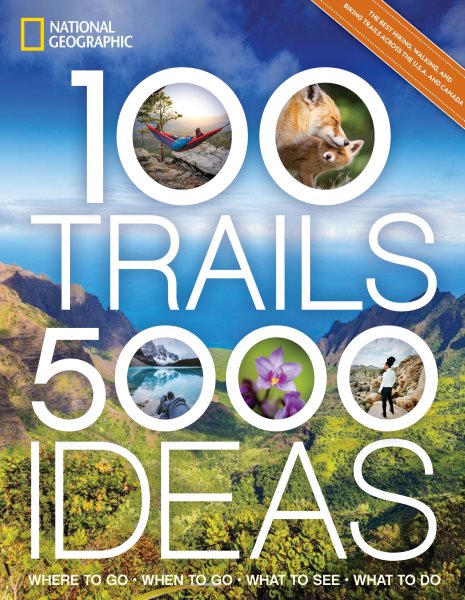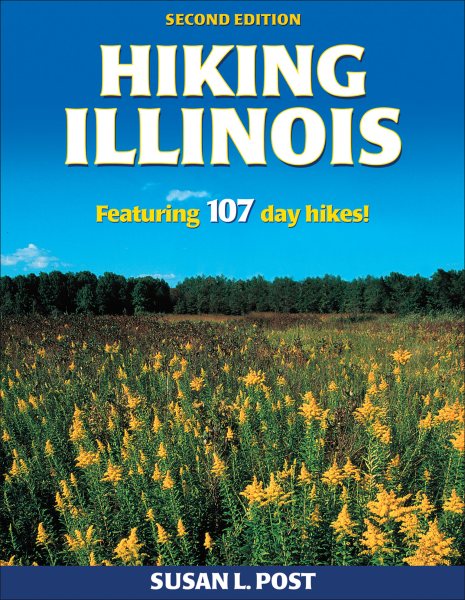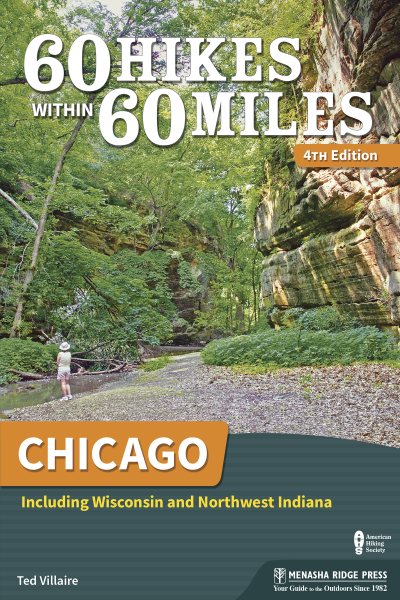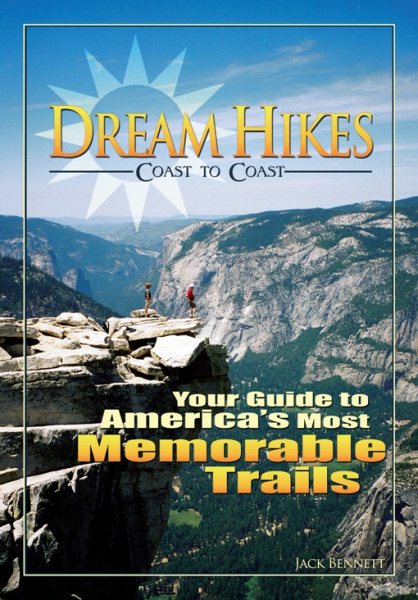When I was in high school, we got to choose our own gym classes every quarter. We would gather in the gymnasium and wait for our turn to pick. The older students always went first, and we followed alphabetical order. Since my last name was towards the end of the alphabet, there weren’t many options left for me, and I usually ended up with dance or exercise classes.
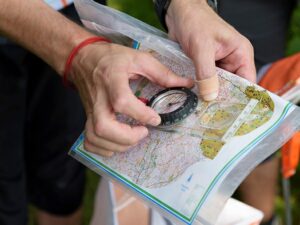 One quarter, there was a class called “Orienteering.” It was described as a map reading class for hiking. Not many students were interested in it, but I decided to give it a try. Little did I know that it would change my life!
One quarter, there was a class called “Orienteering.” It was described as a map reading class for hiking. Not many students were interested in it, but I decided to give it a try. Little did I know that it would change my life!
Having an analytical mind played a crucial role in developing the skills required for orienteering and excelling at it. I loved it so much that I made sure to participate every time it was offered. By the time I graduated high school and joined the Army, I was already well-trained in the skills that helped my future teams finish first.
What is Orienteering?
So, what exactly is Orienteering? It’s a sport or activity that involves using compasses and specialized maps called topographical maps to navigate a course from point to point as quickly as possible. These points serve as check-in markers to ensure you stay on track and complete the entire course. If you can’t find a point, you must return to the last checkpoint and attempt to navigate to the next one. Since retracing your steps takes time, accuracy is crucial. Typically, these courses are unfamiliar to the competitors.
 There are actual orienteering courses and competitions available locally, across the country and internationally. In our area, there are orienteering clubs such as the Chicago Area Orienteering Club. For online orienteering information, you can visit the Orienteering USA website. The sport is also popular worldwide, with Sweden being the most popular country for orienteering events and competitions. The International Orienteering Federation website provides information about international events.
There are actual orienteering courses and competitions available locally, across the country and internationally. In our area, there are orienteering clubs such as the Chicago Area Orienteering Club. For online orienteering information, you can visit the Orienteering USA website. The sport is also popular worldwide, with Sweden being the most popular country for orienteering events and competitions. The International Orienteering Federation website provides information about international events.
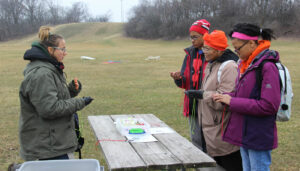 When you go hiking in state or national parks, you’ll come across special maps for hikers that look similar to topographical maps. If you plan on hiking, it’s essential to have basic compass skills and know how to read a map before embarking on your adventure. In our adult nonfiction collection on the 3rd floor, we have books on hiking in various regions of the United States.
When you go hiking in state or national parks, you’ll come across special maps for hikers that look similar to topographical maps. If you plan on hiking, it’s essential to have basic compass skills and know how to read a map before embarking on your adventure. In our adult nonfiction collection on the 3rd floor, we have books on hiking in various regions of the United States.
Museum Passes & Geocaching
Of course, hiking doesn’t have to be a race or a sport. While hiking or traveling, you can also engage in an activity called Geocaching, which involves finding specific locations based on clues. Once you discover the “cache,” you can log your find and even leave a note or item for others to discover. If you’d like to practice your geocaching or orienteering skills, Fountaindale Library offers Museum Passes for patrons, and places like the Chicago Botanical Gardens, Cantigny Park and the Naper Settlement are excellent for practicing.
Pathfinding at Fountaindale
I am excited to share my love of orienteering in an upcoming two-day program for tweens. They will learn about compasses and basic topographic map reading, and on the second day, they’ll head outside to test their new skills! Each child will navigate the park to locate targets and complete a short orienteering course. This program is already full, but if this is well-received, I hope to bring similar programs to the library in the future.
Book Recommendations
Whether you’re a kid attending the pathfinding program or you want to venture out on your own, please remember to enjoy the great outdoors and be safe while doing it. Here are a few books I picked for you to browse and enjoy.

